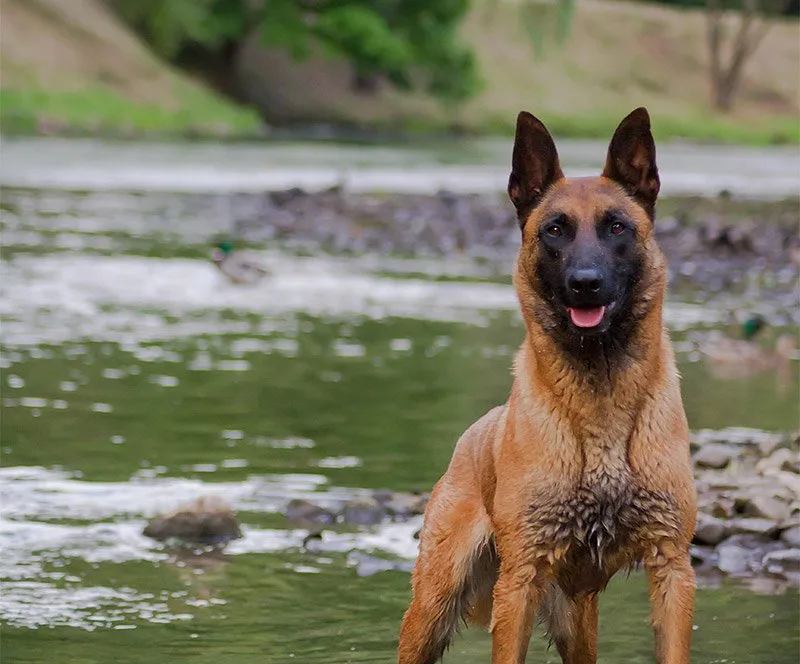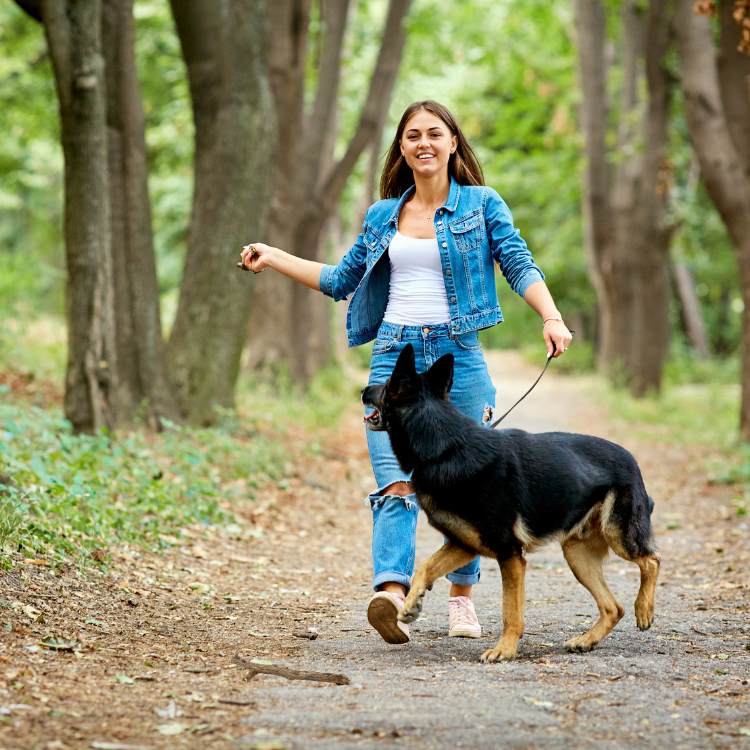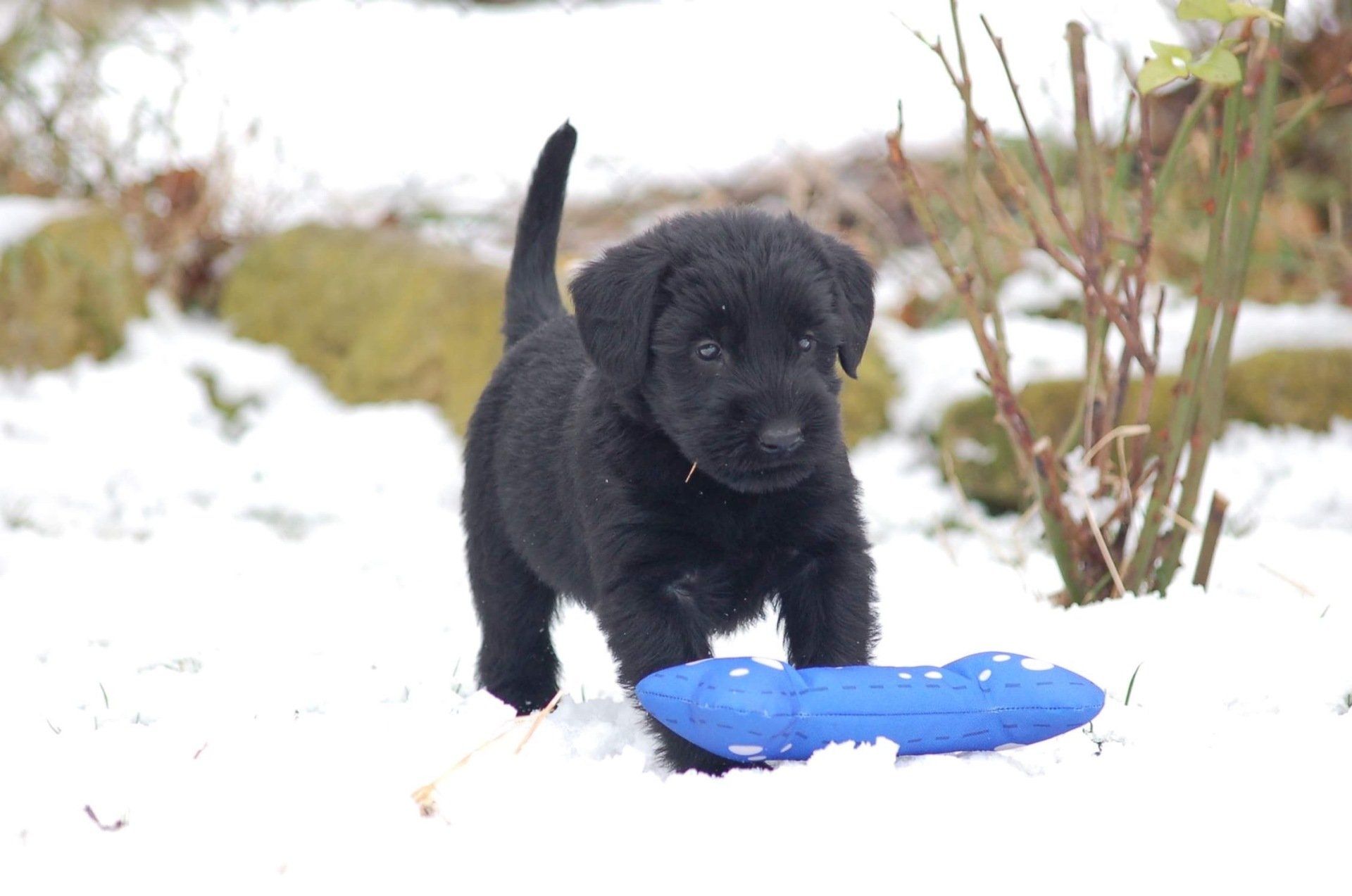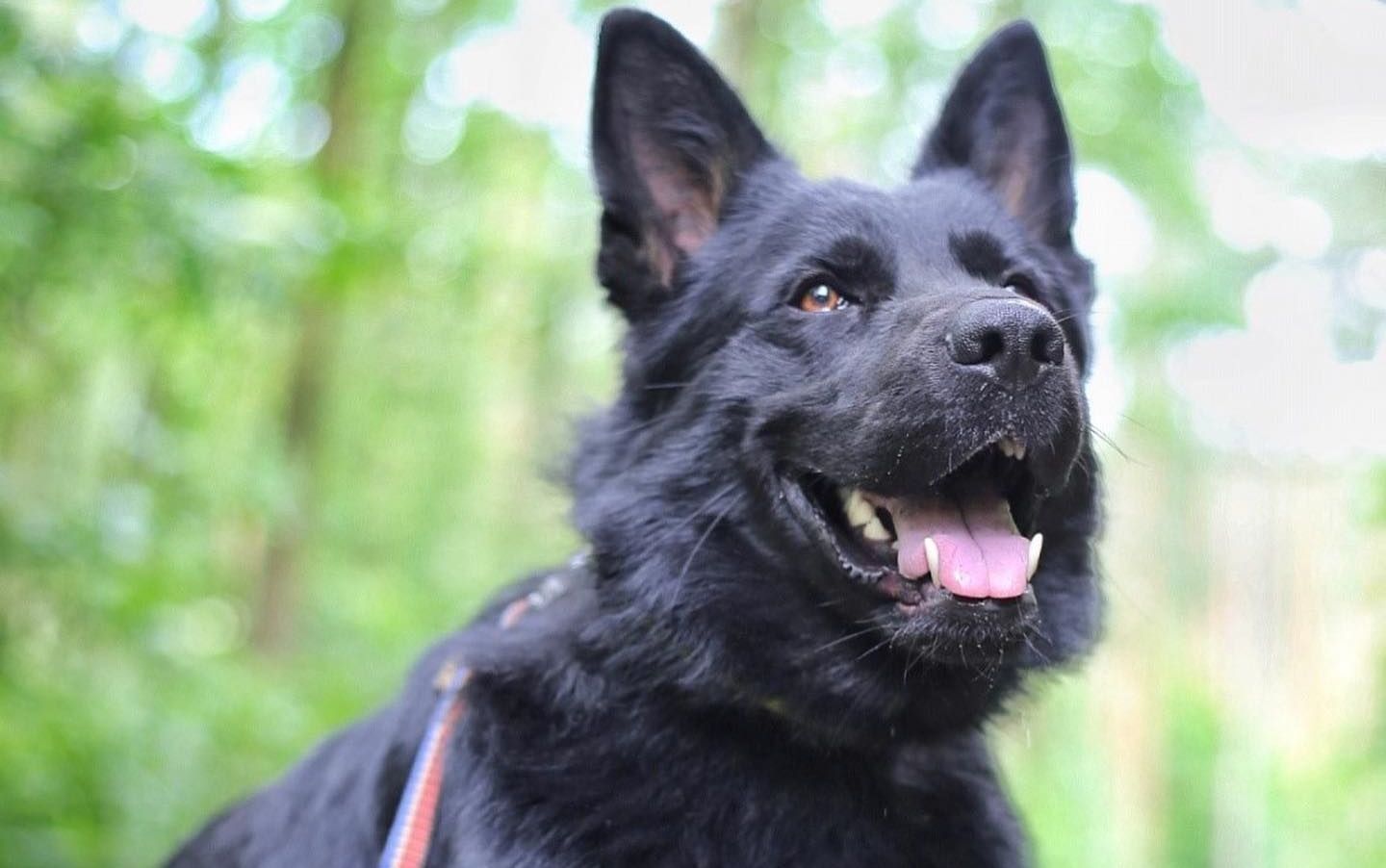Best Protection Dogs
Dogs can be more than just companions

Why These Working Breeds are the Best Security Dogs in the World
When it comes to security, few animals compare to the capabilities of the German Shepherd, Belgian Malinois, and Dutch Shepherd. Here’s why these breeds stand out as the premier choices for top-tier security dog breeds:
- Unmatched Intelligence
- Loyalty and Bonding
- Physical Prowess
- Versatility in Roles
- Acute Senses
- Proven Track Record
- Adaptability
Choosing a German Shepherd, Belgian Malinois, or Dutch Shepherd means investing in a security dog with unparalleled capabilities. Their unique combination of intelligence, physical attributes, and loyalty ensures they will always be the best security dog breeds.
Across the United States, more and more families are choosing a canine sidekick that can double as an all-in-one home security system. Protection dogs alert you in the event of unwelcome intruders; they keep you safe on late night walks; and they give you a sense of security whenever they’re around.
When it comes to choosing a protection dog, breed matters. Some dog breeds have been purposefully bred over the course of many decades to serve specific guardian roles in partnership with humans.
In this blog article, the
Atlanta dog training specialist at
Full Contact K9 give you our top picks for home guard dogs and protection dogs.
1. German Shepherd
| Key Facts: | |
|---|---|
| Size | Large |
| Weight | 60 - 90 lbs. |
| Height | 22 - 26 in. |
| Family Friendliness | Above Average |
| Loyalty | High |
| Intelligence | High |
| Intimidation Factor | Above Average |
| Barking Alert | High |
| Command Respose | High |
The German Shepherd is the most classic and iconic protection dog. With an imposing physical presence (including a broad chest, large pointy ears, and thick coat), German Shepherds are universally recognized as courageous defenders of the family home.
The German Shepherd was originally bred in the late 1800s, and has since become a top breed for law enforcement, search-and-rescue operations, and military units.
German Shepherd protection Dogs are commonly used in
Schutzhund clubs—a dog sport that awards competitors for protective skills, scent tracking, command responsiveness, and physical prowess.
The German Shepherd bonds exceptionally well with the family unit and is generally alert when approached by strangers or unrecognized stimuli. In most cases, German Shepherds should be socialized at a young age with both dogs and humans to prevent them from becoming overly protective or aggressive.
Most German Shepherds are eager to please their owners and are highly responsive to positive reinforcement like treats and affection. As highly intelligent dogs, German Shepherds can learn a wide range of commands and subtle cues from their owners.
There are also different breed variations of GSDs, all varying in appearance and temperament. For example, there are both (1) show lines, that prioritize the visual appearance of the dog, like American and Canadian Show Lines, and (2) working lines, that prioritize the temperament of the dog for all-purpose uses, like West/East German Working Lines and Czech Working Lines.
West German Working Lines
West German working line German Shepherds were bred to have a stable, balanced temperament both while working and at home. Many consider this line to be the most like the dogs bred by the founder of the German Shepherd breed, Max von Stephanitz. He prioritized temperament and personality more so than body shape or gait.
West German working lines are bred to have a drive to work hard, learn and listen. Their high drive and intensity make for great search and rescue or law enforcement dogs.
Though they can make a good companion or family dog, they need a lot of time and attention, and plenty of exercise. Typically, these lines have a black body with brown legs, but variations in color and pattern are common.
East German Working Lines
The East German working lines were created due to the separation of the country into two parts following World War II. Like their West German counterparts, these dogs were bred less for their physical appearance and more for their ability to work. However, breeding was highly regulated and led to a distinct physical appearance suited for working, with large heads, more wolfish features and darkly colored coats of black or sable and brown.
These dogs make great working dogs, as their name suggests, but can be a good family pet as long as they are trained and exercised frequently.
Czech Working Lines
Modern Czechoslovakian working lines were originally bred from a single military kennel for one purpose: to patrol the country’s borders for the Czech Army. The Czech working lines are known for their working drive, trainability and agility. The most wolf-like of the German Shepherd lines, their coats are usually sable but can appear all-black in some dogs.
As with other German Shepherd working lines, the Czech dogs make great family pets as long as they are exercised, socialized and receive proper training.
For more information about German Shepherd protection dogs, visit this link to read more about
purchasing your own German Shepherd puppy.
2. Belgian Malinois
| Key Facts: | |
|---|---|
| Size | Medium/Large |
| Weight | 50 - 75 lbs. |
| Height | 22 - 26 in. |
| Family Friendliness | Average |
| Loyalty | High |
| Intelligence | High |
| Intimidation Factor | Above Average |
| Barking Alert | Above Average |
| Command Response | High |
The Belgian Malinois is often described as looking like a sleek, slender version of the German Shepherd. With a narrow snout, tall legs, and pointy ears, the Belgian Malinois is built for maximum agility.
With training, the Malinois can reach an explosive top speed of 35 miles per hour (over short distances) and jump more than 8 feet into the air.
The Belgian Malinois is also equipped with some of the best scent tracking abilities of any breed, which is why the Malinois is the most popular breed among law enforcement and military operations for bomb/drug sniffing, airport security, and suspect tracking. The Malinois is highly energetic and needs an accessible environment to channel its energy—that means a lot of running and playing outside.
The Belgian Malinois is not usually recognized as being a mellow or cuddly dog, so it may not be the right pick for a family that’s looking to relax on the couch with their pet. Instead, the Belgian Malinois should be viewed, first and foremost, as a working dog that can be trained to serve a highly specialized guardian role for your family.
3. Dutch Shepherd
| Key Facts | |
|---|---|
| Size | Medium/Large |
| Weight | 45 - 70 lbs |
| Height | 22 - 25 in. |
| Family Friendliness | Above Average |
| Loyalty | High |
| Intelligence | High |
| Intimidation Factor | Above Average |
| Barking Alert | Above Average |
| Command Response | Above Average |
The Dutch Shepherd is recognized by its brindle coloring and tall ears. As highly intelligent dogs, the Dutch Shepherd is generally regarded as being an easy-to-train breed, though they can have bouts of independence where they prefer to do their own thing.
Dutch Shepherds started out as cattle herding dogs in Western Europe. Due to their agile size and intelligent temperament, the Dutch Shepherd quickly became known as a versatile working dog that could handle virtually any type of guardian or protective role.
Obedience training is highly encouraged for Dutch Shepherds to maximize their protective responses and sociability. This breed is very active and requires daily exercise to keep it engaged and healthy. Most owners describe their Dutch Shepherd as being alert and responsive to unrecognized sounds, smells, and threats.
Choosing the Right Protection Dog For You
Every owner (or potential owner) is looking for something different in their protection dog. There are lots of factors to consider when
selecting your protection dog or searching the market for a guard dog puppy. Some important factors include: (a) the desired size and appearance of your dog, (b) your schedule and availability to exercise/train your dog, (c) your dog’s requirements for outdoor space and physical activity, (d) the protection skills you hope to teach your dog, (e) budget, and (f) whether you have other pets at home.
At
Full Contact K9, we specialize in protection
dog training and obedience training for all breeds. We also help connect owners with trained protection dogs for sale. For more information about
family protection dogs and guard dog training services, contact our team today at (678) 235-5959.
EVAN DUNBAR
Evan Dunbar is the President of Full Contact K9 and ProK9 Equipment. At an early age he was inspired by his uncle who introduced him to work-oriented dogs. Since that time, Evan has had the opportunity to study from and train with the “who’s who” of the working dog world.
His areas of expertise include advanced obedience, personal protection, service K9, and pet instruction. He is also an active participant in Schutzhund and French Ring dog sports. A modern and dynamic trainer, Evan’s unique style is technical and combines elements of both positive methods with classical approaches.
Full Contact Canine LLC is the culmination of a lifelong respect for animals, his passion for dogs, and Evan’s personal beliefs which emphasize ingenuity, integrity, and continuous learning in the world of professional dog training. He earned his B.B.A from Mercer University.
Evan has assembled a team of some of the most respected trainers in the industry to offer Full Contact K9 clients unparalleled experience, skill and service.



